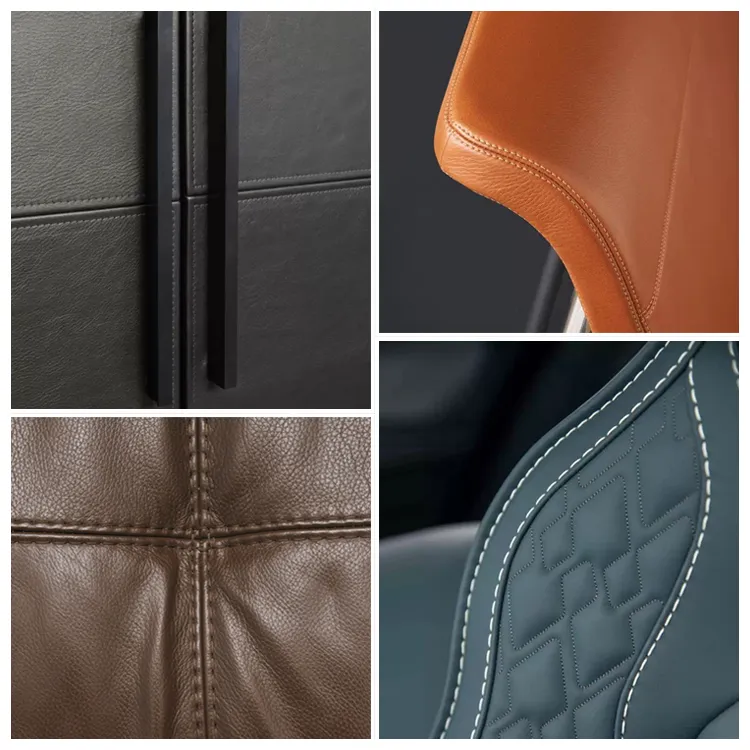Sewing Techniques Using Heavy-Duty Thread for Stronger Stitches
Sewing with Thick Thread Techniques and Tips
Sewing with thick thread can open up a world of creative possibilities, allowing you to enhance your projects with bold stitches and added durability. Whether you are working on quilting, crafting, or general sewing, understanding how to effectively utilize thick thread can elevate your skills and results. In this article, we’ll explore tips and techniques for sewing with thick thread, ensuring that your projects turn out beautifully.
Choosing the Right Thick Thread
When embarking on a sewing project with thick thread, the first step is selecting the appropriate type. Thick threads are typically made from polyester, cotton, or a blend of materials. Polyester threads are highly durable, resist fading, and are ideal for outdoor projects. Cotton threads, on the other hand, offer a softer finish and are best suited for quilting and home decor. Blends can provide the best of both worlds, combining strength with a natural feel.
You can find thick threads in various weights, commonly measured in denier or tex. For most sewing applications, a weight of 30wt to 12wt is considered thick enough to showcase your work without overwhelming the fabric.
Adjusting Your Sewing Machine
Sewing with thick thread often requires adjustments to your sewing machine. First, make sure to replace any standard needles with a larger size, such as a 100/16 or 110/18, which can easily accommodate thicker threads without breaking. Additionally, a needle with a larger eye will prevent fraying and facilitate smoother passage of the thread.
It’s also essential to adjust the tension settings on your machine. Begin with a standard tension, but be prepared to experiment, as the thickness of the thread may impact how tightly the stitches are formed. A common rule of thumb is to loosen the top tension slightly, allowing the thicker thread to flow freely.
sewing with thick thread

Selecting the Right Stitch
When working with thick thread, the choice of stitch can significantly influence the final appearance of your project. Heavier threads work particularly well with decorative stitches, making them pop against the fabric. Opt for wider zig-zag stitches or other embroidery stitches to showcase the thickness.
If you’re quilting, consider using a stitch-in-the-ditch or decorative stitch along the seams to highlight your craftsmanship. Remember, using a walking foot can help manage multiple layers of fabric, ensuring even feed and preventing puckering.
Preparing Your Fabric
For the best results, it’s crucial to prepare your fabric properly before sewing. Pre-wash and press your fabrics to ensure they’re clean and free of shrinkage. When working with thick thread, it’s advisable to use sturdier fabrics like denim, canvas, or heavier cottons that can support the weight and bulk of the thread.
Final Thoughts
Sewing with thick thread can be a game-changer for your projects, providing both strength and aesthetic appeal. From quilts to bags, the right thread can enhance your designs while ensuring they stand the test of time. Remember to choose the correct thread type, adjust your machine settings, select suitable stitches, and prepare your fabric properly. With these tips in hand, you can dive into your next sewing project with confidence, creating stunning pieces that showcase the beauty and versatility of thick thread. Happy sewing!
-
Industrial Cylinder Arm Sewing Machine: Revolutionizing Heavy-Duty SewingNewsJul.28,2025
-
Cylinder Arm Sewing Machine: Perfect for Special Sewing ApplicationsNewsJul.28,2025
-
Cylinder Bed Sewing Machine: Essential for Sewing Complex MaterialsNewsJul.28,2025
-
Heavy Duty Sewing Machine: The Essential Tool for Industrial ApplicationsNewsJul.28,2025
-
Computerized Pattern Sewing Machine: Revolutionizing Precision StitchingNewsJul.28,2025
-
Heavy Duty Industrial Sewing Machine: Power Meets PrecisionNewsJul.28,2025
-
Leather Sewing Machine: The Industrial Standard for Tough MaterialsNewsJul.18,2025





























